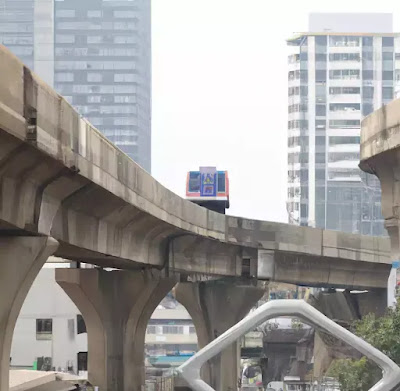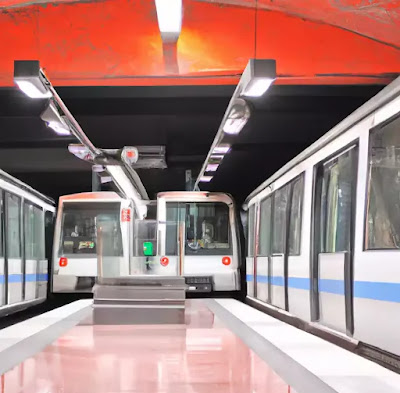What is the working principle of metro train?
The working principle of a metro train is based on the concept of electric traction. Metro trains are powered by an electric motor which pulls the train along the tracks. The electric motor converts the electrical energy from the power supply into mechanical energy, which is then used to move the train.
The power supply is provided by a third rail, which is placed alongside the tracks and delivers a constant stream of electricity to the motor. The power supply is regulated by a control system which ensures that the train moves at the desired speed.
Are metro trains are run by electricity?
Yes, most metro trains are powered by electricity.
How do metro trains get power?
Metro trains get power from an overhead power line, usually using a pantograph. The pantograph is an arm that extends up from the train and makes contact with the power line, allowing the train to draw electricity from it.
Which fuel is used in metro trains?
Most metro trains are powered by electricity. Some metro systems also use diesel-powered trains.
What is speed of metro train?
The speed of a metro train varies depending on the city and the type of metro system. Generally, metro trains travel at an average speed of 40 to 50 km/h (25 to 31 mph).
Does metro train have engine?
No, metro trains do not have engines. Metro trains are powered by electricity and use motors for propulsion.

